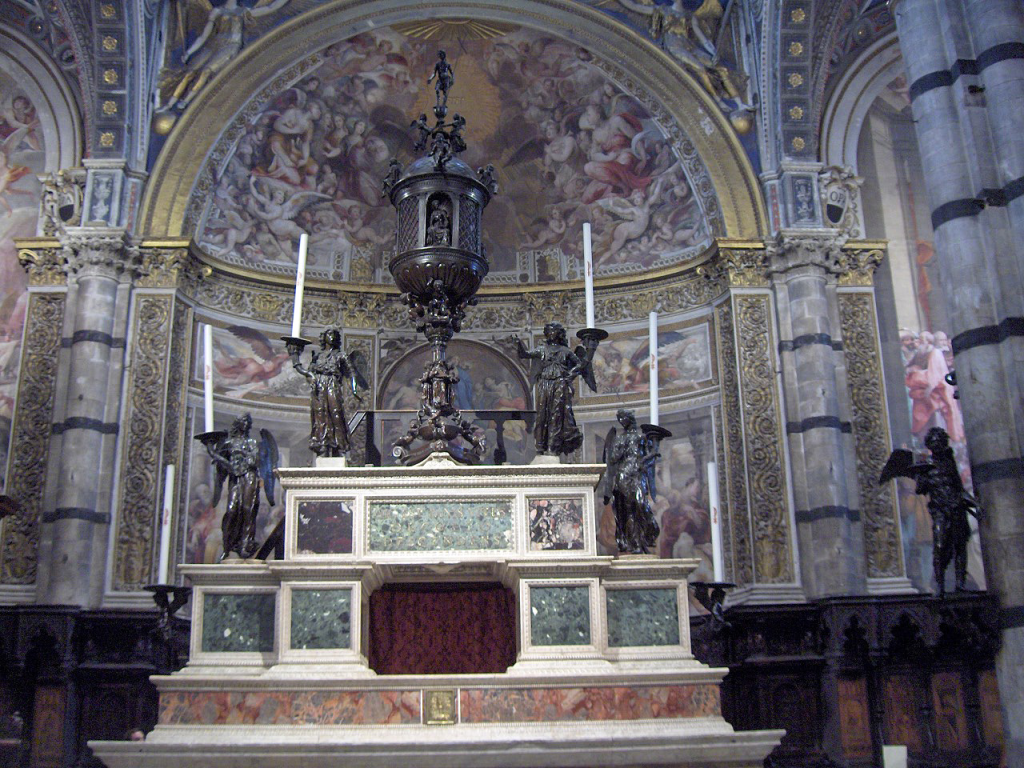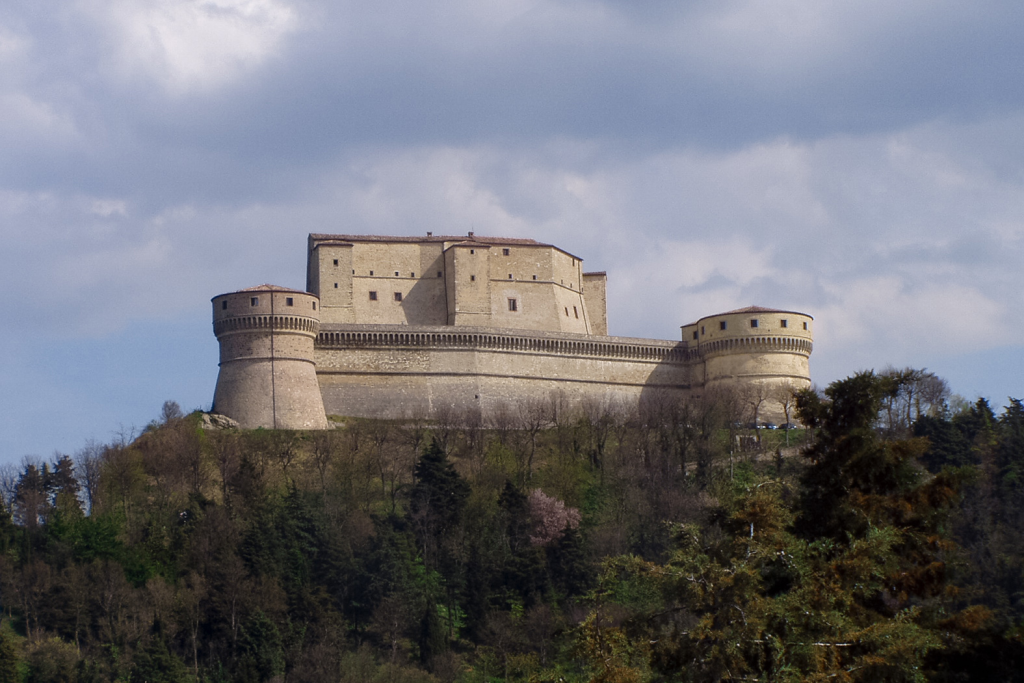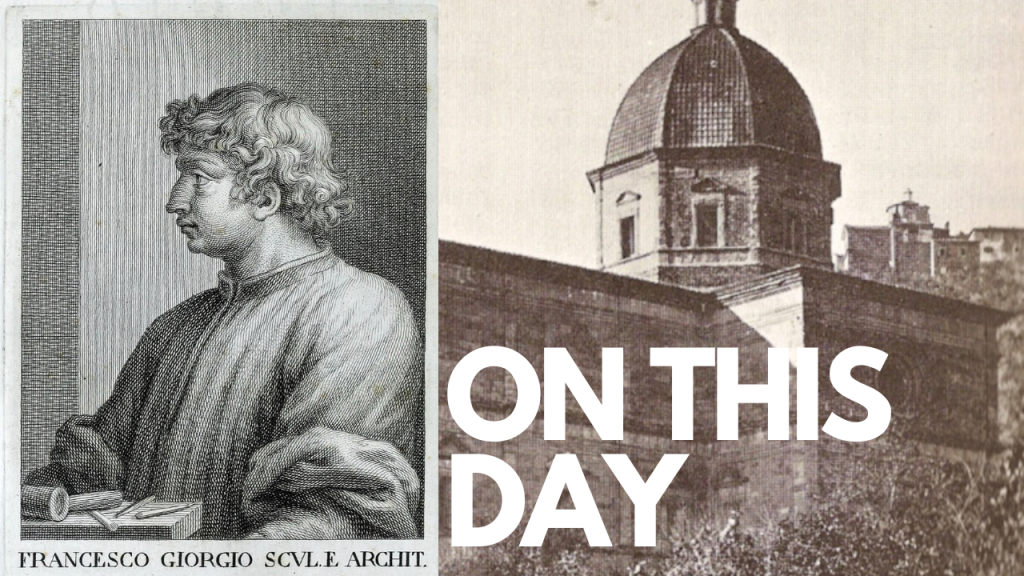Francesco di Giorgio Martini: The Renaissance Architect and Artist
One example is Francesco di Giorgio Martini (1439—1501), an important architect, painter, sculptor and engineer of the Italian Renaissance era. Born in Siena, Italy, he was a prime mover from the art and architecture of the period which merged Gothic as well as early Renaissance styles. His principal works in architecture, military engineering, and painting greatly influenced the development of the Sienese school and early Renaissance programme for the rest of Italy.

Early Life and Artistic Beginnings
In 1439 a child was born in Siena where Lorenzo, among others, made his first major trip to the north of Italy. Martini was a painter and sculptor who was brought up in the late Gothic tradition. His style was heavily influenced by leading Sienese artists of the period such as Vecchietta and Sano di Pietro. Training in art formed the basis of his career as an architect, one of the contributions for which he is best known later.
Architectural Achievements
His architectural works, such as his military fortifications are him at his best… but that is for another day. Many of Martini’s fortification designs were among the most advanced of his era and can be found in Trattato di Architettura Civile e Militare (Treatise on Civil and Military Architecture) His theories of defensive castle architecture, based on forts that could not only hold military might but also engineer it in the field, made him hugely influential among an emerging class of professional military men. Among his biggest projects were the fortifications of Urbino and a number of other towns in central Italy. His work on fortresses, like the Rock of Sassoferrato and the Walls of Gosseto, as well demonstrated his ability to intertwine beauty in with practicality.

Artistic Contributions
Francesco di Giorgio Martini, whose primary activity was architecture and who was also a painter and sculptor. His works were often religious in nature, which was typical of the time and place of 15th-century Italy. Such distinct style emerged already in his most famous works – altarpieces for the churches of Siena, where it filled traditional Gothicism of some architecture innovations of the Renaissance. His bulldiser much non subjective sculptures, displaying impressive detail in the human shape and appendages and making practical facial expressions.
Engineering and Mechanical Designs.

Altar at the Opera del Duomo in Siena. The angel candelabras are the work of Francesco di Giorgio| Courtesy: wiki
Francesco di Giorgio Martini was a great architect-builder-polymath-engineer, and Di Pickard believes that his skills in architectural Cydrum were perhaps as important as his mechanical prowess as an engineer. His work on mechanics included descriptions of the lever and types of levers, cranes such as a wheel-associated screw, and an understanding of pumps used in construction and warfare. His work in this area demonstrated his adaptability and a wide comprehension of the specialised complexities of that Renaissance period.

Legacy and Influence
Delve deeper and you’ll find Martini had an impact beyond his lifetime – Leonardo da Vinci studied his treatises on architecture and engineering. His introduction of new military fortifications and siege techniques was widely copied.
To summarise, Francesco di Giorgio Martini is one of the most versatile and influential figures from the Italian Renaissance, known for his interdisciplinary profession as architect, painter, sculptor and engineer. His work has been used extensively on building fortifications of the time in Italy and around the world and his contribution to military architecture in particular would last many years.





